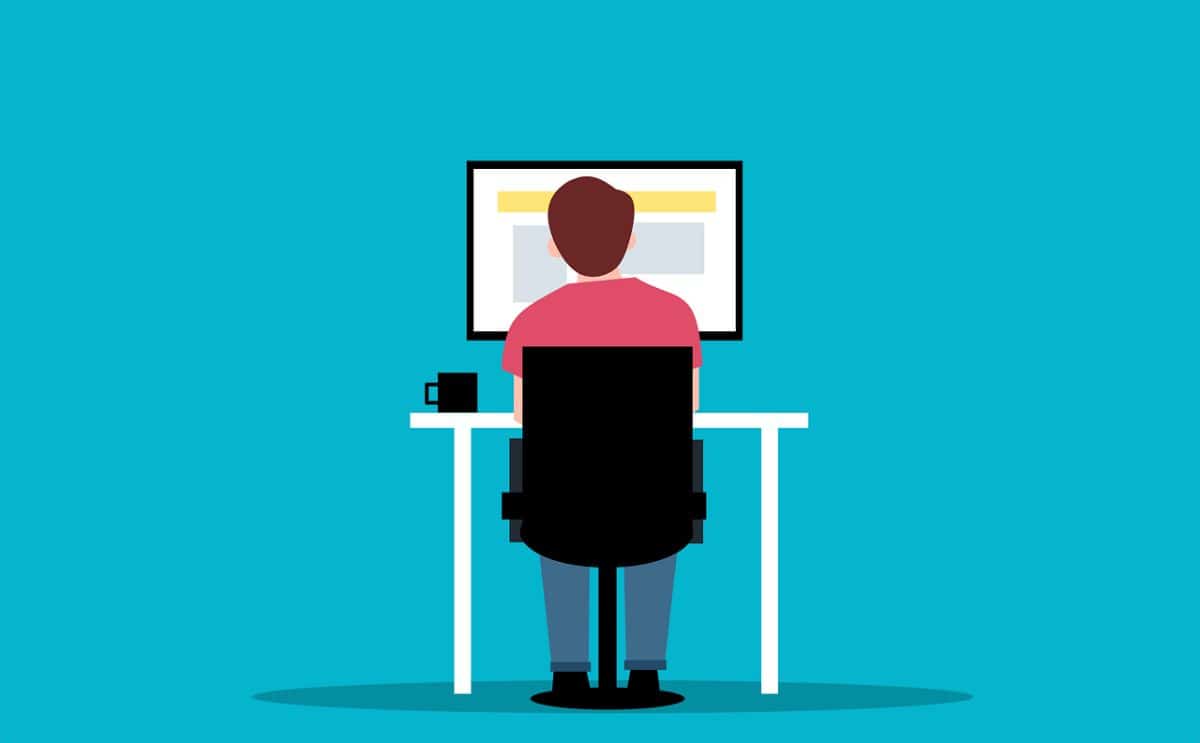
There is no doubt that the Word program is not one of the best for layout. But it doesn't mean that it can't be done either, and with results very similar to those of layout programs. Therefore, if you want to know how to layout with Word, whether it is a magazine, a book or another type of publication, we are going to give you the classes.
Of course, we must start from the basis that Word is somewhat limited in terms of layout, which does not mean that it will not look good.
Why layout in Word

When it comes to working with layout, programs like Indesign sound much better than Word, which is still a simple text program, but without going any further.
However, surely you know that Word has multiple uses because, isn't it useful for making a table? Or a business card? Or a poster? So why wouldn't it be used for layout?
There are a few reasons to learn how to layout in Word. Some of them are:
- It is a program that you know well. If you are one of those who writes a lot in Word, then surely you have no problem knowing where everything is. This will make you not waste time discovering in which part of the program a function is located, something that can happen to you with the new ones.
- You don't need another program because the layout must be presented in PDF, and that means that you can do it in Word without any problem and then convert it to PDF without moving a single millimeter in it.
- Because you are going to lay out among several. It is another problem, especially because if in the group that is going to be in charge of the layout there are people who do not know how professional layout programs work. Similar results can be achieved with the text editor and by being more “universal” you ensure that everyone will know how to work with it.
How to layout in Word

Now that you know the reasons that can lead you to layout in Word (there are many more), the next step is to know how you should do it.
In general, you should pay attention to certain details.
The type of layout
It is not the same that you want to lay out a book than what you want to be a business card, or a magazine. Each one will have a different layout and therefore details that you will have to modify according to the publication to be published.
For example, a book is usually 15 x 21 cm. But a business card could be 8 x 10 cm, or less. In addition, in one more key points such as typography, margins, borders, etc. come into play. while another is simpler.
We can modify this in the document format. That is, we can do it from scratch, with a blank document, or with an already created one you can change the format to adjust it to what you want.
The margins
Imagine that you are laying out a book and that you have finished and take it to print. When you open the first book, you realize that all the pages are cut off, and that the beginning cannot be read because it has been "pressed" in that area. What happened?
The simple answer would be: did you leave margins? Correct margins?
And it is that, if what you are going to layout is a book, a magazine or something similar that implies that it is going to be "sewn" or "stapled" on one side, you need the margins to be a little higher on one side to avoid that the letters are close together in it.
To give you an idea, the top and outside margin can be between 1,7 and 2cm but the inside and bottom would be better left a little larger.

Typography
When choosing the font, you can think about placing one for the headings and another for the text. It is not unreasonable, quite the opposite. But you do need both letters to be fully legible.
In addition, each font has a different scaling, which means that, at 12, it can look small and at 18 large. Or that at 12 it looks huge.
Our suggestion is that you try before laying out because, if you decide to change the font size when everything is laid out, you will have to check again because the number of pages will vary.
Alignment
Alignment refers to how you want the text to be presented. That is, if you want it to be centered, if you want it to the side (right or left) or if you want it justified.
In the case of books, magazines and the like, it is usually justified because it is more elegant. But keep in mind that Word increases the spaces between words because it does not divide them. Unless you expressly request it (this can be done in format/paragraph/text flow).
In other cases it will not be necessary and you can leave it aligned to the left (although if you want the words to be divided you can also).
Line spacing
Line spacing is the space between lines of text. This allows for better reading between sentences, which helps the reader. If they are too close together it can make them difficult to read and if they are too far apart they will not be as popular.
Typically, the value given is 1,5 space. But everything will depend on the type of font you want to put and the project you have in progress because it may require more space (or less). Of course, never less than 1.
Be careful with the weight of the file
When a document is laid out, it has a certain weight. The problem is that if you add images, graphics, tables, etc. to a Word. you make it become very heavy and that can affect the speed of your computer (it is not able to process it).
To avoid this, it is best to layout by dividing the document into several parts so that it is lighter and does not give us problems neither to send it nor to transport it (for example on a CD, a pen drive, etc.). Also, this way you make sure that the computer's memory is enough to work with it and it doesn't give you errors (losing the work you've done).
Modifying all this in Word you will have managed to have a template for the project you have in hand. And it is that layout in Word is not difficult. It is true that it is more limited than others, but if you do not need to make a very visual, interactive project, etc. It will serve you without any problem.
Did you layout with Word? How was your experience?